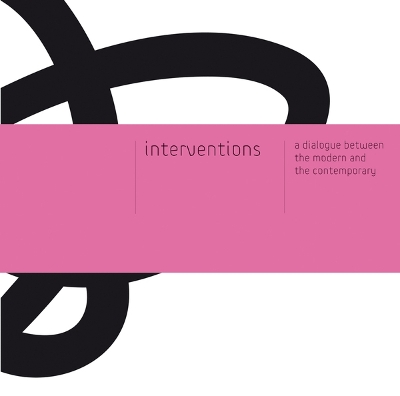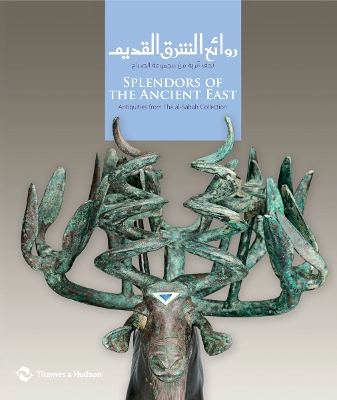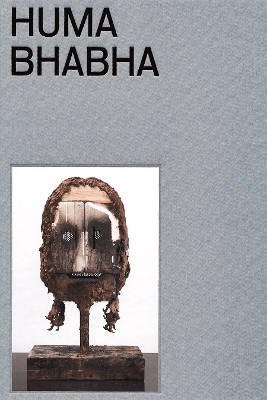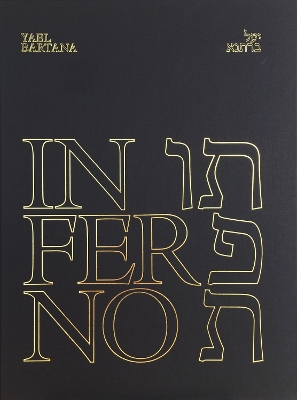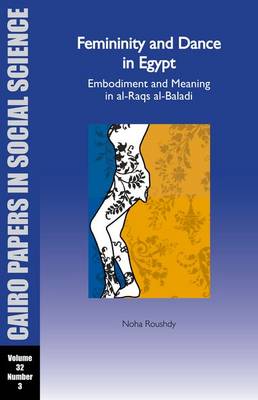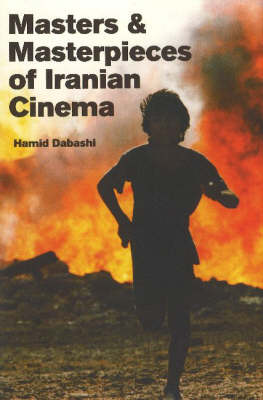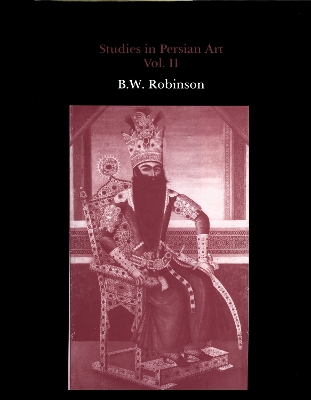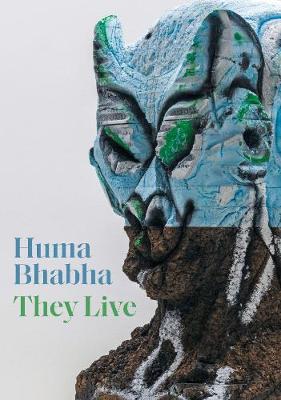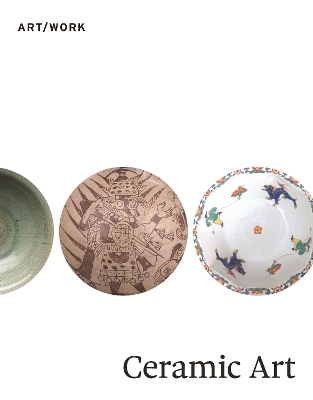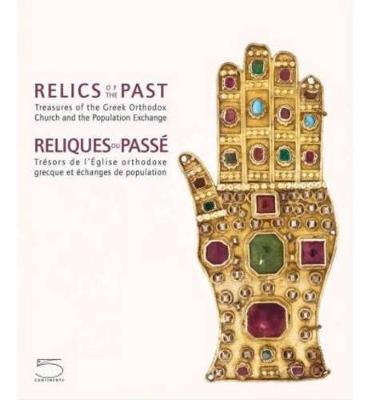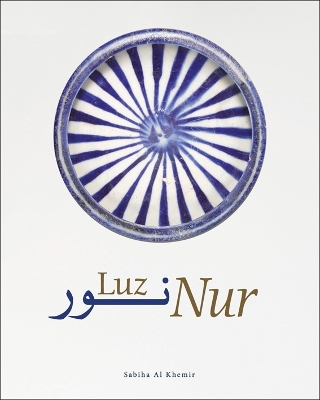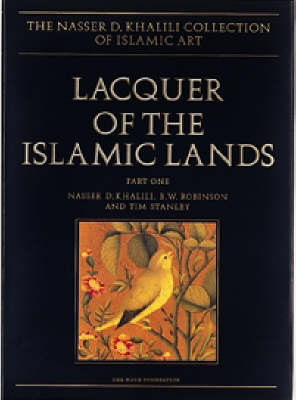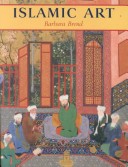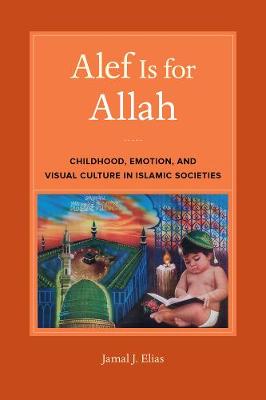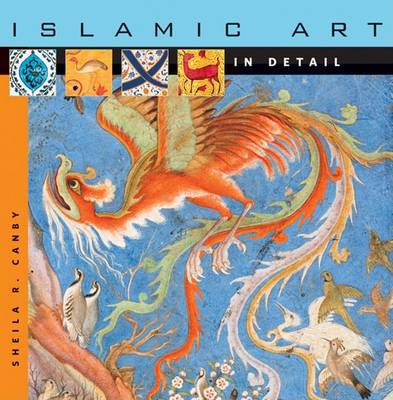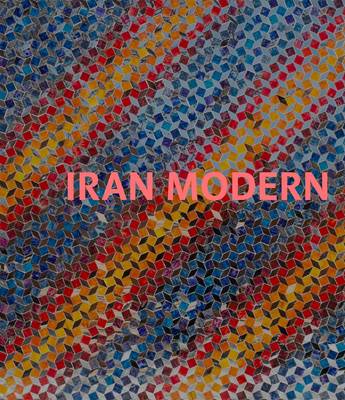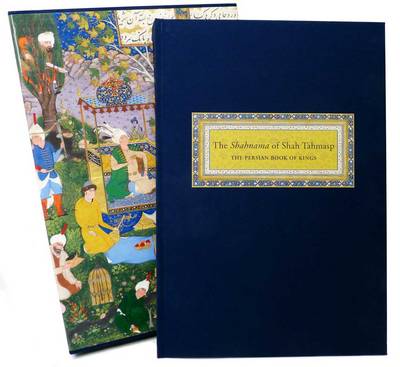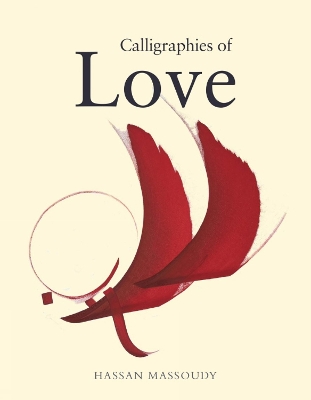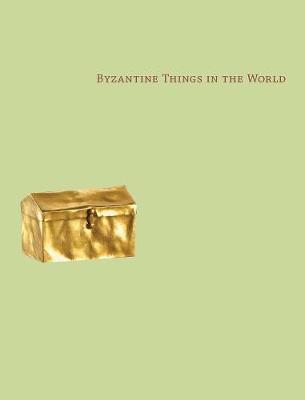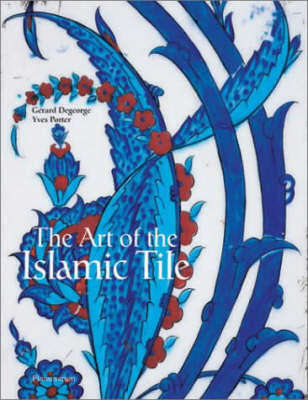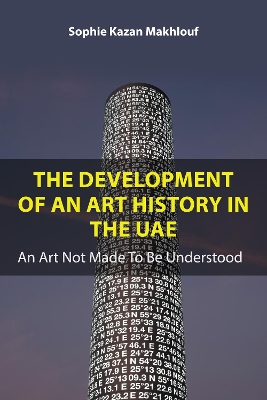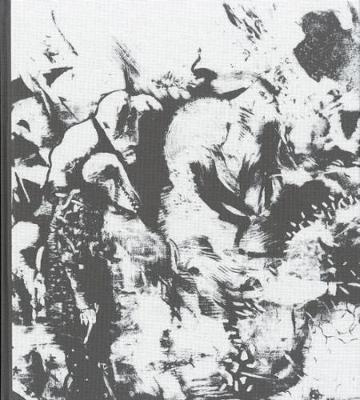Splendors of the Ancient East
by Martha L. Carter, Sidney Goldstein, Prudence O. Harper, Trudy S. Kawami, and Pieter Meyers
World renowned for its collection of Islamic art, the al-Sabah Collection in Kuwait also houses an important collection of ancient art. Splendors of the Ancient East presents a selection of ancient artefacts from the al-Sabah Collection, most of them reproduced for the first time. This selection is united by the personal vision of Sheikh Nasser Sabah al-Ahmad al-Sabah and his wife, Sheikha Hussah Sabah al-Salem al-Sabah. This vision is informed by a love of the beauty of these objects and an int...
Metalwork from the Early Islamic Period (Metropolitan Museum of Art)
by James W. Allan
A fully illustrated catalogue of the metal objects grouped by material and function, uncovered in the museum's excavations at the medieval site of Nishapur in North-eastern Iran.
Pakistan-born, New York-based artist Huma Bhabha (born 1962) makes fragile sculptures and assemblages composed from detritus, construction materials and found objects. This first survey of her work contains a wealth of full-color illustrations, an interview with Julie Mehretu and an essay by Thomas McEvilley.
Femininity and Dance in Egypt: Embodiment and Meaning in al-Raqs al-Baladi (Cairo Papers in Social Science, #32)
by Noha Roushdy
Considering the paradoxical position of al-raqs al-baladi or “belly dance” in Egyptian social life, as both a vibrant and a contested cultural form, this issue of Cairo Papers in Social Science considers the impact of wider socio-cultural and political forces on the marginalization of professional performers, on the one hand, and in defining the parameters for non-professional performances on the other hand. Through interviews with professional and non-professional female dancers in Egypt, it ex...
This second volume of Basil Robinson's Studies concentrates on Persian manuscript illumination, beginning with six studies of artists who worked in this medium. There then follows twenty-two studies of individual manuscripts, from the fourteenth century onwards.
A comprehensive overview of more than two decades of Huma Bhabha’s prolific and multidisciplinary output in sculpture, drawing, and photography Huma Bhabha (b. 1962 in Karachi) is known for sculptures depicting the human figure fashioned from materials ranging from clay, brick, and wood to Styrofoam, bronze, found objects, and construction materials. Such works reveal her myriad influences, including horror films, science fiction, ancient artifacts, religious reliquaries, and Neo-Expressionism....
Among the greatest and least understood areas of art is that of the Islamic nations and peoples. Robert Irwin, an expert in the arts of Islam and a compelling writer, takes the reader deep into the cultures in which some of the world's most splendid art was created. Working thematically, he surveys the refined and exquisite arts of porcelain, enamel, manuscript illumination, metalwork, calligraphy, textiles - and more - within a larger picture of a powerful faith, a profound tradition and a magn...
Ceramic Art
by Margaret S. Graves, Sequoia Miller, Magdalene Odundo, and Vicki Parry
A new examination of the history of ceramic art, spanning ancient to modern times, emphasizing its traditions, materials, and methods of makingConcise but comprehensive, Ceramic Art brings together the voices of art historians, conservators, and artists to tell the history of making art from fired clay. The story spans history and continents, examining the global traditions of ceramists that range from pre-Columbian Peruvian artisans to contemporary African studio potters.The volume shows how hu...
The selection of sacred art objects including tabernacles, plates, bottles, bibs, votive, crosses show the high technical level of the Greek craftsmen. Precious metals, like gold and silver, beautifully decorated with carvings, chisels and shapes embossed and adorned with precious stones like rubies and sapphires, are analyzed in terms of historical and artistic. Each object is recognized style often characterized by traditional Greek and Byzantine style more properly Islamic, as well as Western...
Nur: Light in Art and Science from the Islamic World
by Sabiha Al Khemir
Nur: Light in Art and Science in the Islamic World explores the use and significance of light in Islamic art and science, revealing how light is a unifying motif in Islamic civilizations across the globe. Taking its starting point from the Arabic word for light, both in its physical and metaphysical sense, Nur is divided into two principal sections. The first is devoted to art and includes manuscripts illuminated with gold and colored pigments, luster-ware ceramics, metal objects with gold and...
From the Alhambra to the Taj Mahal, from the Dome of the Rock to the ever evolving art of calligraphy, Barbara Brend traces the development of classic Islamic art from the seventh through the twentieth century.The term "Islamic art" suggests a unity of style and purpose, and these works are in fact instantly recognizable for their subtlety of line and sumptuous detail. The Islamic world--from Arabia to North Africa and Spain, from Turkey to Central Asia and India--has a shared cultural heritage...
Alef Is for Allah is the first groundbreaking study of the emotional space occupied by children in modern Islamic societies. Focusing primarily on visual representations of children from modern Turkey, Iran, and Pakistan, the book examines these materials to investigate concepts such as innocence, cuteness, gender, virtue, and devotion, as well as community, nationhood, violence, and sacrifice. In addition to exploring a subject that has never been studied comparatively before, Alef Is for Allah...
How do we know Islamic art? What tells us that images and artifacts are products of the Muslim world, a culture that has historically extended from Spain to Southeast Asia and spanned a period from A.D. 622 to our day? This exquisitely and extensively illustrated book allows readers to identify those elements and themes that define art forms as Islamic, and to examine them in works of painting and metalwork, in calligraphy and manuscripts, ceramics, glass, wood, and ivory comprising one of the m...
Iran Modern (Asia Society)
Supported by a thriving art market in the Persian Gulf, interest in Iranian modern art has intensified in recent years. Iran Modern offers a timely exploration of the cultural diversity and production of avant-garde art in Iran after World War II and up to the revolution - from 1950 through 1979. Generously illustrated, this volume provides a new understanding of global interconnectedness not yet addressed in art historical accounts. Ten essays by distinguished scholars of art and history elucid...
One of the most voluminous epics of world literature, the "Shahnama" (or "Book of Kings") narrates the history of the ancient kings of Iran, from their mythical beginnings to the Arab conquest in 651 A.D. Although illustrated copies of the poem were commissioned by numerous Iranian kings, the "Shahnama of Shah Tahmasp" (reigned 1524-1576) is arguably the most important and beautifully-illustrated version ever produced. It was created by two generations of the most renowned early-16th-century art...
Inspired by timeless poems from around the world, Hassan Massoudy's calligraphy takes us on a visual journey through love in its many forms. Through his signature broad strokes and vibrant colours, this master calligrapher brings to life the words and wisdom of some of our greatest poets, from Ibn Zaydoun and Rumi to Kahlil Gibran, John Keats and Paul Eluard. Beautifully designed and illustrated throughout, Calligraphies of Love is the perfect gift for lovers, poets and dreamers.
Byzantine Things in the World (Menil Collection (YUP))
How did Byzantine culture understand its own objects we now call “art”? This enlightening publication proposes that they saw and experienced clay pilgrim tokens, relief stamps, and icons of saints as dynamic and fully active and alive in the world. The materials used and the sensory impressions they created were an integral part of the Byzantine God-saturated world. Gold was considered a living material and tokens from locations associated with a saint’s physical life extended his or her presenc...
This book draws together an oral and visual art history of a country that is extremely rich in culture and history but that is often overlooked or underestimated. By observing the country’s history and visual culture and the artistic practices of select artists from the UAE, it considers the development of contemporary art from the UAE. This will increase accessibility to art by Emiratis and underline its wider relevance. There is a dearth of literature on contemporary art by Emiratis, and this...
Ali Banisadr's first major monograph delves into the Iranian painter's influences and practice. Preeminent Iranian-American artist Ali Banisadr's canvases depict a complex swirl of action and abstracted figuration across a stagelike picture plane. Varied histories inform these paintings, ranging from the artist's synesthesia, to Persian miniatures, to the multi-figure works of Brueghel and Bosch, and the gestural imaginations of Willem de Kooning and Max Ernst. Born in Tehran in 1976, Ali Bani...
